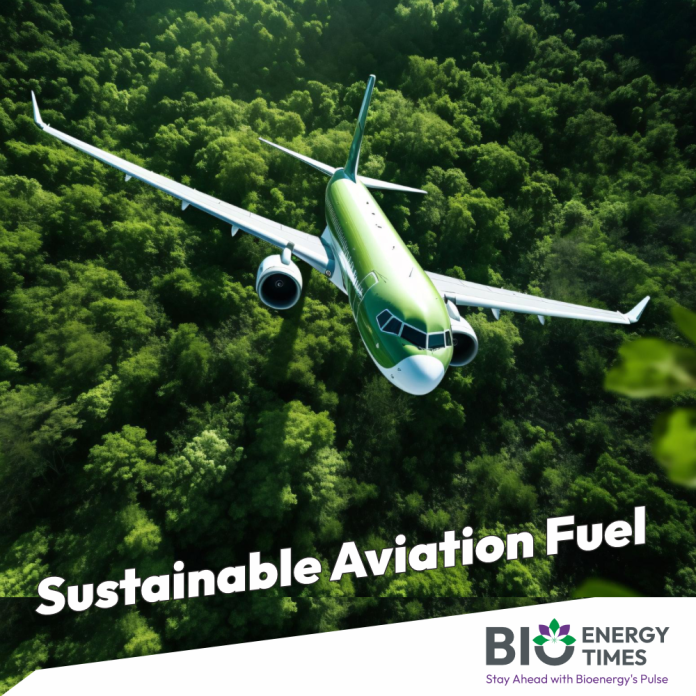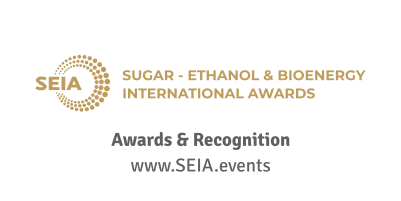Last week, the U.S. Grains Council (USGC) office in Beijing, China, organized a series of exploratory meetings to evaluate the demand for Synthetic Aviation Fuel (SAF). USGC Director in China, Manuel Sanchez, led the delegation, which included USGC Program Manager Ellie Yan and Regional Ethanol Consultant Aaron Goh.
Sanchez explained, “The goal of this program was to update Chinese stakeholders on U.S. biofuel practices, particularly ethanol for SAF, share the Council’s efforts and successes in promoting biofuels for carbon reduction, and provide reference points for Chinese government agencies to set industry standards and engage in future international collaborations.”
A key event during the mission was the SAF Partnership Conference in Chengdu, organized by the U.S.-China Business Council (USCBC) and the Sichuan Provincial Government. The conference featured panel discussions and presentations on the current state of SAF and how to ensure stable and cost-competitive SAF production.
During a panel on feedstock diversification, Goh discussed the potential role of alcohol-to-jet (ATJ) technology in supporting China’s SAF production goals. While hydroprocessed esters and fatty acids (HEFA) remain the primary SAF production method, the Council highlighted the importance of considering ethanol as an ATJ feedstock and aimed to foster further discussion on the topic during the conference.
Later, the USGC team met with SAF-focused teams from China National Aviation Fuel Southwest Company and Sichuan Airlines to better understand their SAF production and usage goals, industry standards, and how the U.S. can assist the international transportation sector in achieving carbon reduction goals.
The mission concluded with a meeting with a local SAF producer in western China, which is developing a production facility with a capacity of 500,000 tons of SAF per year. Goh gave a detailed presentation on the ATJ process and its commercial viability. The open discussion showed a strong interest in exploring alternative pathways to achieve China’s SAF targets.
Sanchez emphasized, “Our partnership with the USCBC and involvement in this vital event, which brought together industry, policy, technology, and investment stakeholders, offers significant value. As the world’s two largest civil aviation markets, China and the U.S. have the opportunity to enhance global SAF supply capacity and efficiency, complementing each other in SAF production, transportation, and use.”
“China currently consumes 40 million tons of jet fuel annually. With the global aviation industry committed to achieving zero carbon emissions by 2050 under the Fly Net Zero initiative, the Council is eager to support China’s aviation industry in its decarbonization efforts moving forward,” Sanchez added.
For detailed information and further insights, please refer to BioEnergyTimes.com, which provides the latest news about the Sustainable Aviation Fuel Industry














